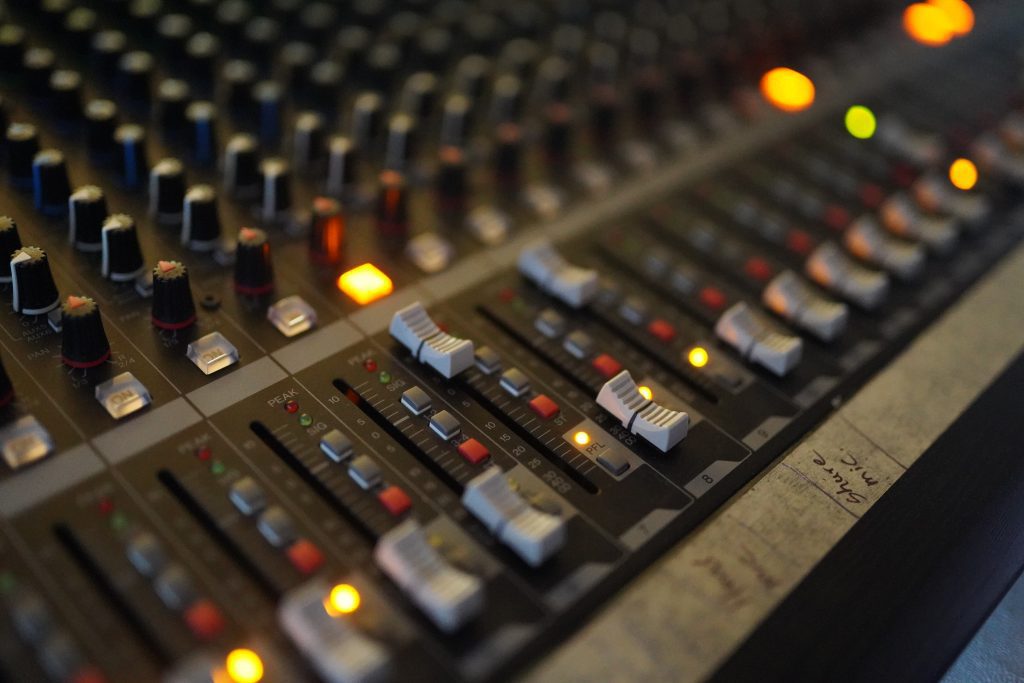Mixing trap vocals can be a bit of a challenge, as the genre is known for its heavy use of effects and processing. However, with the right tools and techniques, you can create a polished and powerful vocal mix that will sit well in your trap production.
Here’s a step-by-step guide on how to mix trap vocals.

How to mix trap vocals:
- Compression: Use a compressor to even out the levels of the vocals and bring out the nuances in the performance.
Start with a moderate ratio (around 4:1) and a medium attack time (around 20-30 ms). Play around with the threshold until you find a balance between compression and dynamic range.
- EQ: Use an EQ to shape the tone of the vocals and make them fit better with the rest of the mix. Start by cutting out any unwanted frequencies (such as low-end rumble or high-end sibilance).
Then, boost the frequencies that will help the vocals sit well in the mix. For example, boosting around 4-5kHz can help add clarity and presence to the vocals, while boosting around 100-200Hz can add warmth and fullness.
- De-essing: Use a de-esser to reduce any excessive sibilance in the vocals.
A de-esser is a specialized EQ that targets the high-frequency “s” sounds in the vocals, allowing you to tame them without affecting the rest of the vocal performance.
- Reverb: Use a reverb to add a sense of space and depth to the vocals. A small amount of reverb can help glue the vocals to the rest of the mix and make them sound more natural.
However, be careful not to overdo it, as too much reverb can make the vocals sound distant and disconnected.
- Delay: Use a delay to add interest and movement to the vocals. A short, stereo delay can help create a sense of width and depth, while a longer delay can create a sense of movement and progression.
Experiment with different delay times and feedback levels to find a sound that works well for your mix.
- Automation: Use automation to add expression and movement to the vocals. Automating the level of the vocals can help bring out the different sections of the song and add emphasis to certain parts of the performance.
Automating the effects can also be a powerful way to add interest and variation to the vocals.
- Final touches: Once you have all the elements of your vocal mix in place, take a step back and listen to the overall balance.
Make sure that the vocals sit well in the mix and that they don’t overpower the other elements. Make any final adjustments to the EQ, compression, and effects as needed.
Mixing trap vocals can take time and practice, but by following these steps you’ll be well on your way to creating a polished and powerful vocal mix that will help your trap production stand out.
Check out more music production tips HERE.